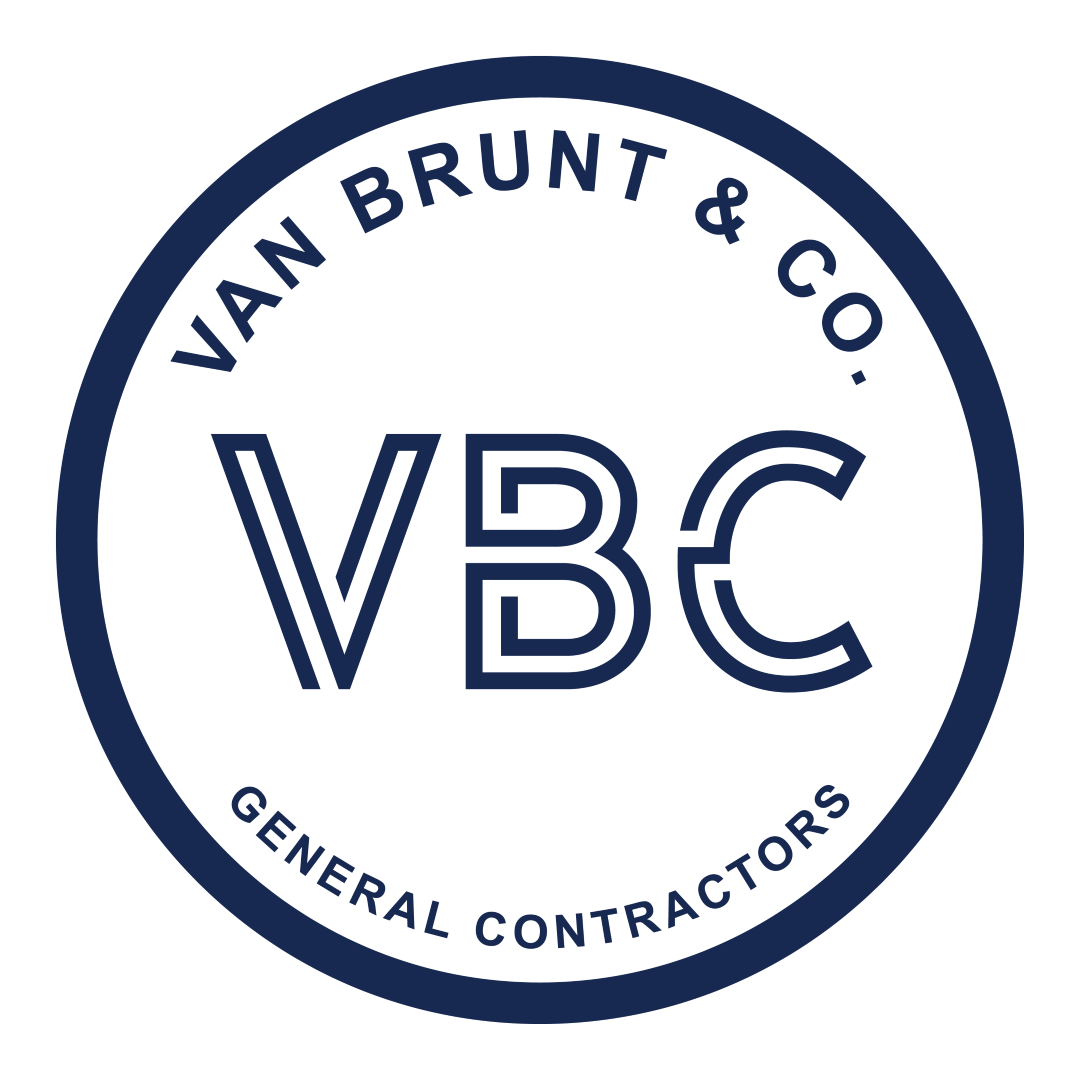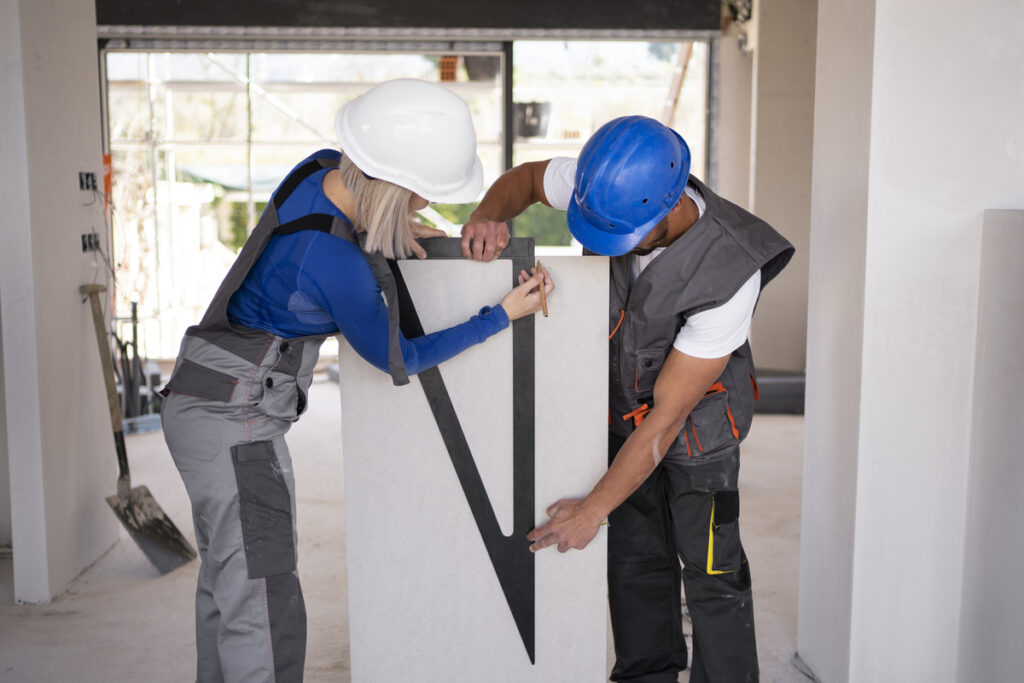Commercial building remodeling is a significant investment that requires careful planning and execution. Mistakes in the process can lead to costly delays, budget overruns, and unsatisfactory results. Whether you’re modernizing a workspace, enhancing customer appeal, or preparing for future growth, understanding common pitfalls and how to avoid them is essential to ensuring success. In this guide, we’ll explore the critical missteps that can derail your project and provide actionable strategies to keep your remodel on track and aligned with your business goals.
Key Pitfalls to Avoid for a Successful Commercial Building Remodel
1. Undefined Remodeling Objectives
A successful commercial remodeling project begins with well-defined goals. Are you looking to optimize workflow, enhance space utilization, or elevate the visual appeal to attract and retain customers? Without a clear roadmap, your renovation efforts may fall short, resulting in unmet needs and potential cost overruns.
To avoid this, collaborate with key stakeholders to pinpoint specific objectives. Ensure that these goals align seamlessly with your business strategy, guaranteeing that every update adds value and serves a clear purpose.
2. Inadequate Budgeting
Underestimating renovation costs can quickly derail a commercial building remodeling project. A thorough and realistic budget is essential, covering not only construction expenses but also accounting for unexpected issues, delays, and additional requirements.
To safeguard your project, create a detailed financial plan that incorporates a contingency reserve of 10-20%. This buffer ensures you’re prepared for unforeseen challenges and keeps your renovation on track financially.
3. Choosing the Right Contractor
One of the biggest mistakes in commercial building remodeling is hiring the wrong contractor. Partnering with an inexperienced or unreliable professional can lead to delays, subpar work, and increased costs. To ensure success, prioritize contractors with proven expertise in commercial projects.
Start by reviewing their certifications and credentials to confirm they meet industry standards. Dive into their portfolio to evaluate previous work on projects similar to yours, and don’t hesitate to ask for references. Speaking directly with past clients can provide valuable insights into their reliability, communication, and overall quality of work. A detailed interview process will help you determine if the contractor aligns with your business goals and remodeling vision.
4. Overlooking Legal Requirements
Failing to comply with local regulations and building codes during a commercial remodeling project can lead to costly fines and unexpected delays. To avoid these pitfalls, it’s essential to partner with a contractor who is well-versed in the area’s specific zoning laws, codes, and other legal guidelines. Before starting any work, make sure all necessary permits are secured to keep the project on track and legally sound.
5. Minimizing Business Disruption
When undertaking commercial building remodeling, the impact on daily operations cannot be overlooked. Careful scheduling of the renovation process is key to reducing downtime. Evaluate whether a temporary business closure is necessary or if phased work can keep your operations running smoothly.
Instead, create a phased plan or schedule work during off-hours to minimize business disruptions while ensuring progress on your remodel.
6. Poor Communication
In any commercial building remodeling project, poor communication can lead to costly mistakes. Regular updates and meetings with your contractor and design team are crucial to avoid misunderstandings and ensure the final result aligns with your expectations. Promptly address any changes and openly discuss challenges as they arise.
Instead, prioritize frequent communication with your team to ensure everyone is aligned on the project’s scope and any necessary adjustments.
7. Ignoring Employee and Customer Feedback
Your commercial space directly impacts employees and customers, so their input is invaluable. Involving them in the planning phase can provide practical insights and identify potential issues that may have been overlooked, ultimately improving the overall design.
Instead, gather feedback early in the planning process, considering suggestions that could enhance both functionality and overall satisfaction for everyone who uses the space.
8. Avoiding Budget Cuts on Materials
While it might be tempting to save costs with cheaper materials, cutting corners can compromise both the appearance and durability of your renovation. Choosing high-quality materials may come with a higher upfront cost, but it will reduce maintenance and replacement expenses in the long run.
Instead, prioritize high-quality, durable materials that offer both aesthetic appeal and lasting value, ensuring your commercial space stands the test of time.
9. Planning for Future Technology Integration
Incorporating technology into your remodel is essential for future-proofing your business. Ensure your commercial building can accommodate the growing tech needs of your operations. This includes adequate outlets, data ports, and spaces designed for future tech upgrades like smart systems or new computing equipment.
Instead, plan ahead for tech integration by designing flexible spaces with ample outlets and infrastructure that can adapt to emerging technologies.
10. Not Planning for Future Growth
When planning a commercial building remodel, it’s crucial to consider your long-term needs. Think about how your business might evolve and how your space can adapt to future changes. Incorporating modular designs or flexible layouts will allow easy adjustments as your business grows.
Instead, incorporate flexibility into your design by using modular elements that can be easily adjusted or updated as your business needs change.

Assessing the Impact of Remodeling on Your Business’s Brand Identity
A business’s physical space often serves as a direct reflection of its brand identity, making remodeling a strategic opportunity to strengthen and reinforce brand values. Far beyond a mere aesthetic upgrade, a well-planned remodel can embody your company’s ethos, mission, and story, creating an immersive environment that resonates with customers.
Reinforcing Brand Values Through Design
Every design choice—from the color palette to the materials used—communicates something about your brand. For instance, if sustainability is a core value, incorporating eco-friendly materials such as reclaimed wood, energy-efficient lighting, and biophilic elements can help reinforce this commitment. Similarly, a tech-forward company might opt for sleek, modern designs with integrated smart technology to reflect innovation and progressiveness. Thoughtful design ensures your space is more than functional; it becomes a physical manifestation of what your business stands for.
Creating a Cohesive Customer Experience
A remodel presents a chance to align every aspect of your space with your brand’s narrative, delivering a seamless customer experience from the moment they walk in. This can involve rethinking layouts to encourage specific customer interactions, enhancing wayfinding with intuitive signage, or designing welcoming communal areas that promote engagement. By integrating elements like consistent branding, sensory details, and personalized touches, your business can foster emotional connections with customers while making your space both memorable and effective.
Enhancing Aesthetics for Long-Term Impact
Aesthetics play a significant role in shaping customer perceptions. A well-executed remodel that aligns with your brand identity ensures that your business’s space feels intentional and curated rather than disjointed or outdated. This can lead to improved brand recognition and loyalty, as customers are more likely to associate a visually appealing and cohesive environment with professionalism and trustworthiness. Investing in aesthetics isn’t just about staying trendy; it’s about future-proofing your space to remain relevant as customer expectations evolve.
Leveraging Remodeling as a Marketing Opportunity
Finally, don’t overlook the marketing potential of a remodel. Share your progress through social media updates, behind-the-scenes photos, and sneak peeks to build anticipation and engagement. A grand reopening event or a campaign highlighting the “new and improved” space can drive foot traffic and reinforce your dedication to growth and customer satisfaction. Remodeling can serve as a powerful storytelling tool, demonstrating your commitment to evolving and adapting to better serve your clientele.

The Importance of Safety Protocols in Remodeling Projects
When undertaking a remodeling project, safety should never take a back seat. Incorporating safety measures ensures the well-being of construction crews, building occupants, and anyone involved in the project. Proper planning and adherence to safety protocols create a secure environment, reducing the risk of accidents and project delays.
Addressing Fire Safety in Remodeling
Fire hazards are a serious concern in remodeling projects. Activities like welding, cutting, and electrical installations increase the likelihood of fires if not properly managed. To mitigate these risks:
- Ensure Proper Fire Equipment: Keep fire extinguishers, smoke detectors, and emergency kits readily available on-site.
- Maintain Clear Escape Routes: Identify and mark evacuation paths for both workers and occupants.
- Consult Fire Safety Experts: Involve professionals early in the planning phase to assess and minimize potential hazards.
These steps are crucial for preventing fires and ensuring a quick response if an incident occurs.
Following OSHA Guidelines for Safe Practices
The Occupational Safety and Health Administration (OSHA) provides essential guidelines for construction and remodeling safety. These regulations cover critical areas such as:
- Fall Protection: Ensure proper scaffolding and harness systems are in place.
- Material Handling: Follow specific protocols for managing hazardous substances like asbestos or lead.
- Equipment Safety: Train workers to use machinery and tools safely and effectively.
Adhering to OSHA standards helps prevent workplace accidents, ensuring the safety of everyone involved and fostering a professional work environment.
Managing Hazardous Materials and Protecting Occupants
Many remodeling projects involve materials that can pose risks to health if mishandled. For instance:
- Containment Strategies: Use barriers and negative air pressure systems to isolate work areas.
- Proper Disposal: Follow local regulations for safely removing and disposing of hazardous materials like asbestos or mold.
- Transparent Communication: Inform building occupants about potential risks and the measures being taken to ensure their safety.
By prioritizing these practices, you protect the health of all individuals while minimizing disruptions to daily operations.
Building a Foundation of Safety
Safety measures are the backbone of any successful remodeling project. From fire safety precautions to OSHA compliance and managing hazardous materials, each step contributes to a secure and efficient process. Incorporating these measures not only protects workers and occupants but also ensures the project runs smoothly, ultimately delivering results you can trust.
Conclusion
Commercial building remodeling is a complex yet rewarding process that can significantly enhance your business’s functionality, aesthetics, and brand identity. By avoiding common mistakes such as inadequate planning, poor communication, and budget mismanagement, you can ensure your project stays on track and delivers lasting value. Whether it’s addressing safety protocols, choosing the right contractor, or planning for future growth, taking a proactive approach will set you up for success.
At Van Brunt & Company, we specialize in commercial building construction and remodeling, offering tailored solutions to meet your business’s unique needs. With a focus on quality, efficiency, and attention to detail, our team is dedicated to helping you create a space that aligns with your vision and supports your goals. Contact us today to discuss your project and let us bring your remodeling ideas to life!
FAQs
What are the first steps in planning a commercial building remodel?
Begin by defining your objectives, consulting with stakeholders, and creating a detailed budget. Partnering with an experienced contractor like Van Brunt & Company can streamline the planning process.
How do I choose the right contractor for my project?
Look for a contractor with a proven track record in commercial remodeling, strong references, and experience handling projects similar to yours. Van Brunt & Company has extensive expertise in delivering top-quality results.
How can I ensure minimal disruption to my business during remodeling?
Schedule work during non-operational hours or in phases to reduce downtime. A clear plan and effective communication with your contractor are essential.
What safety protocols should I prioritize during a remodel?
Adhere to OSHA guidelines, manage hazardous materials properly, and incorporate fire safety measures to ensure a secure work environment.
How can I future-proof my commercial space during a remodel?
Integrate flexible designs and plan for technology upgrades to accommodate future business growth and technological advancements.


